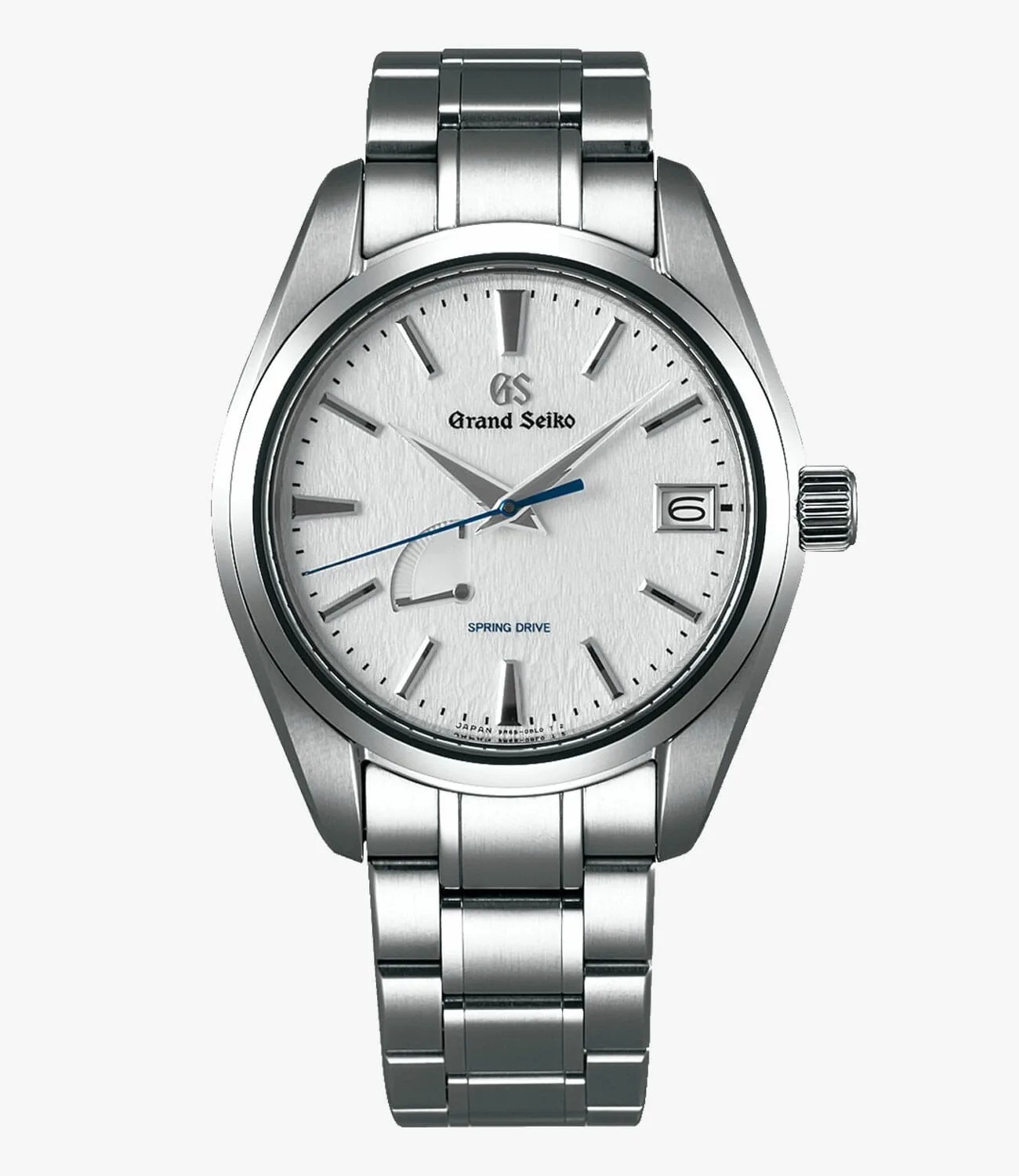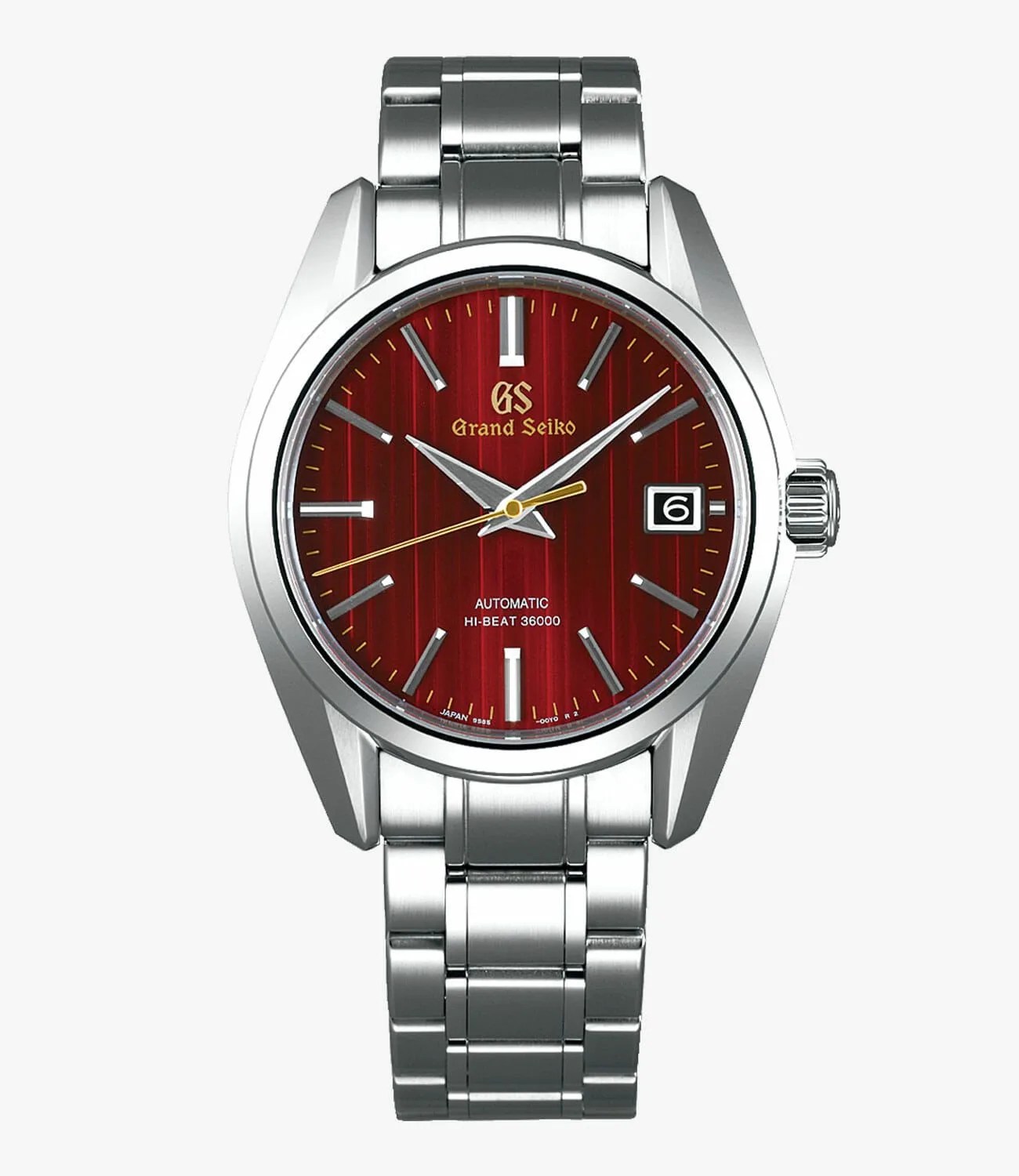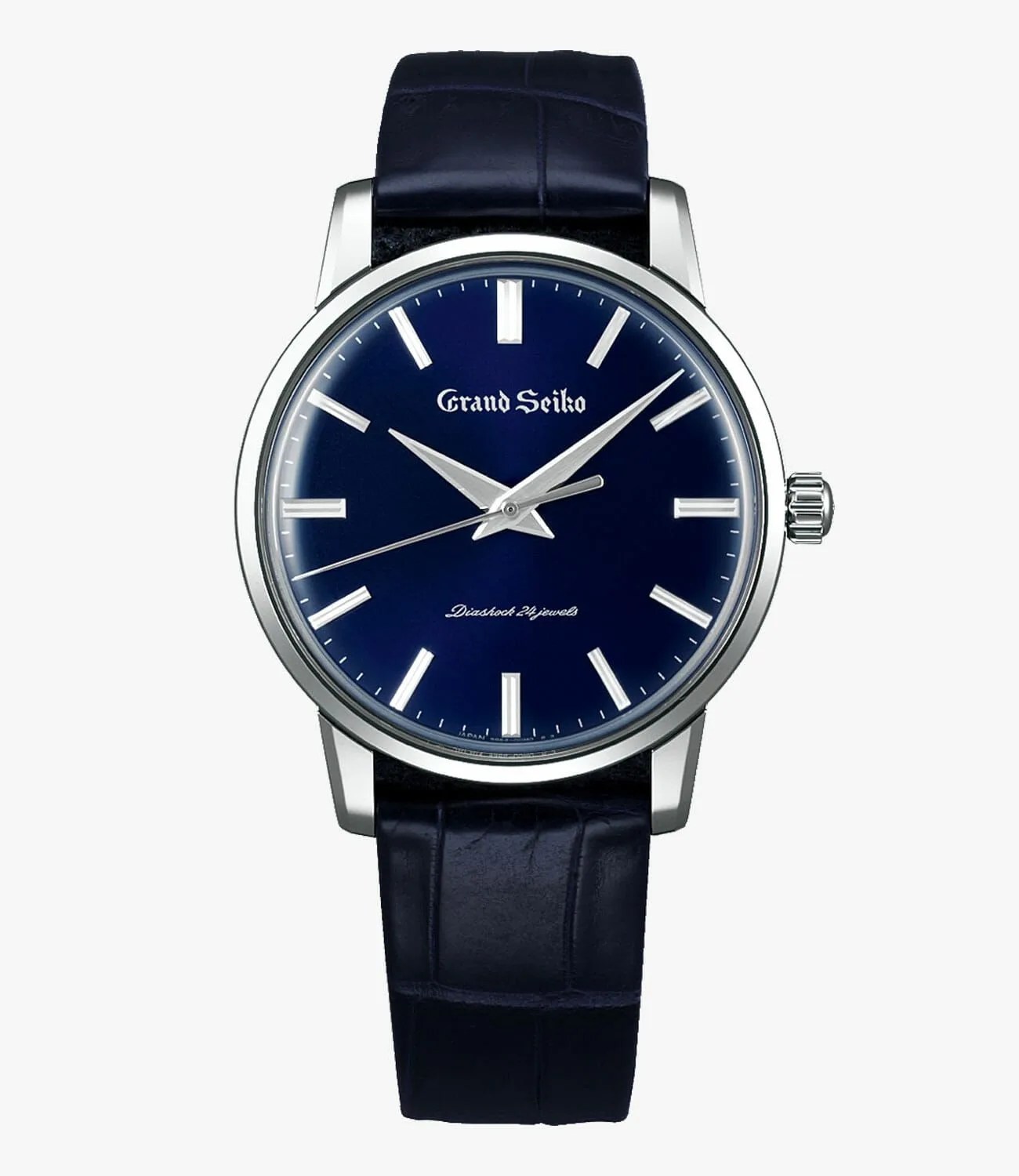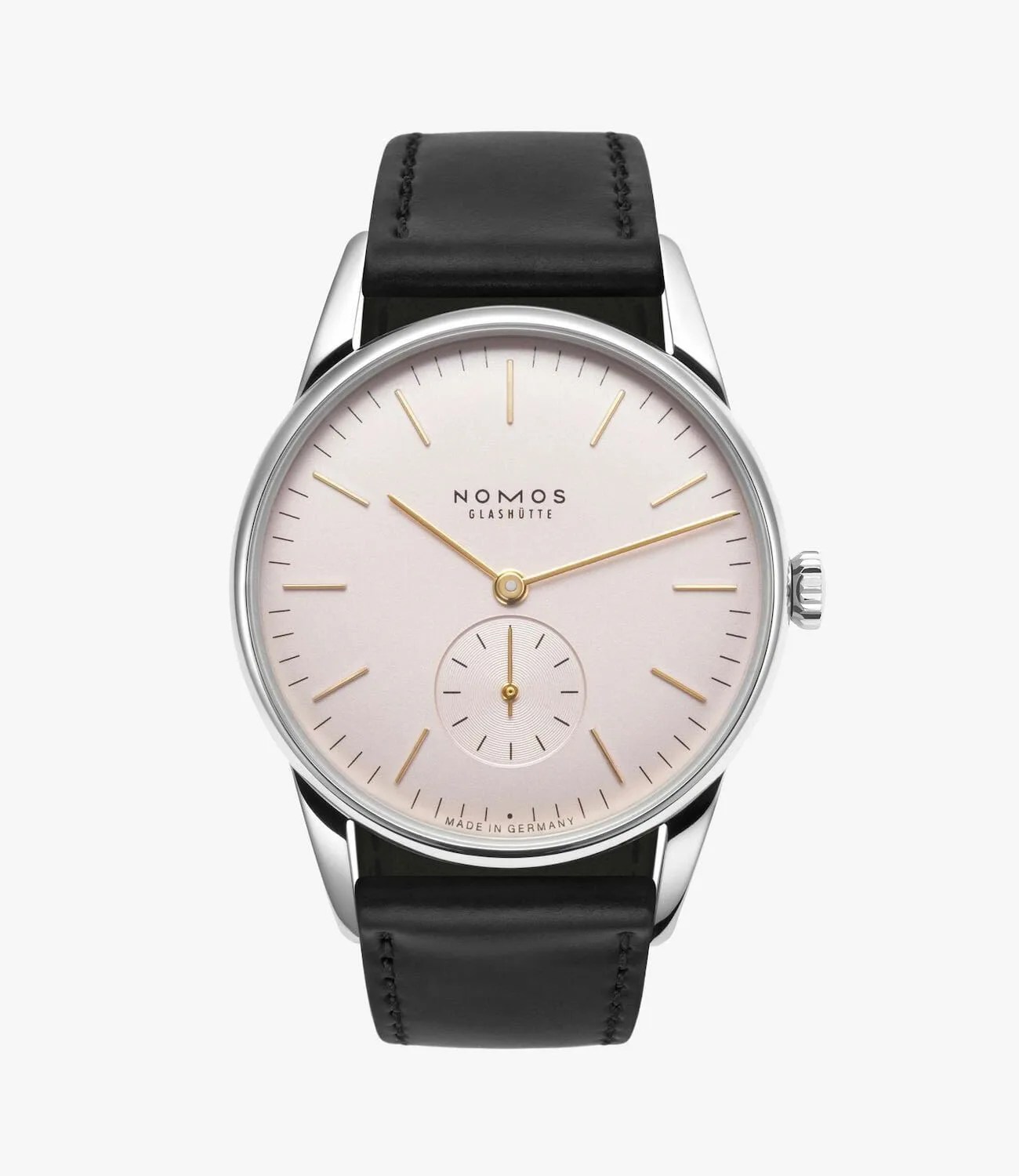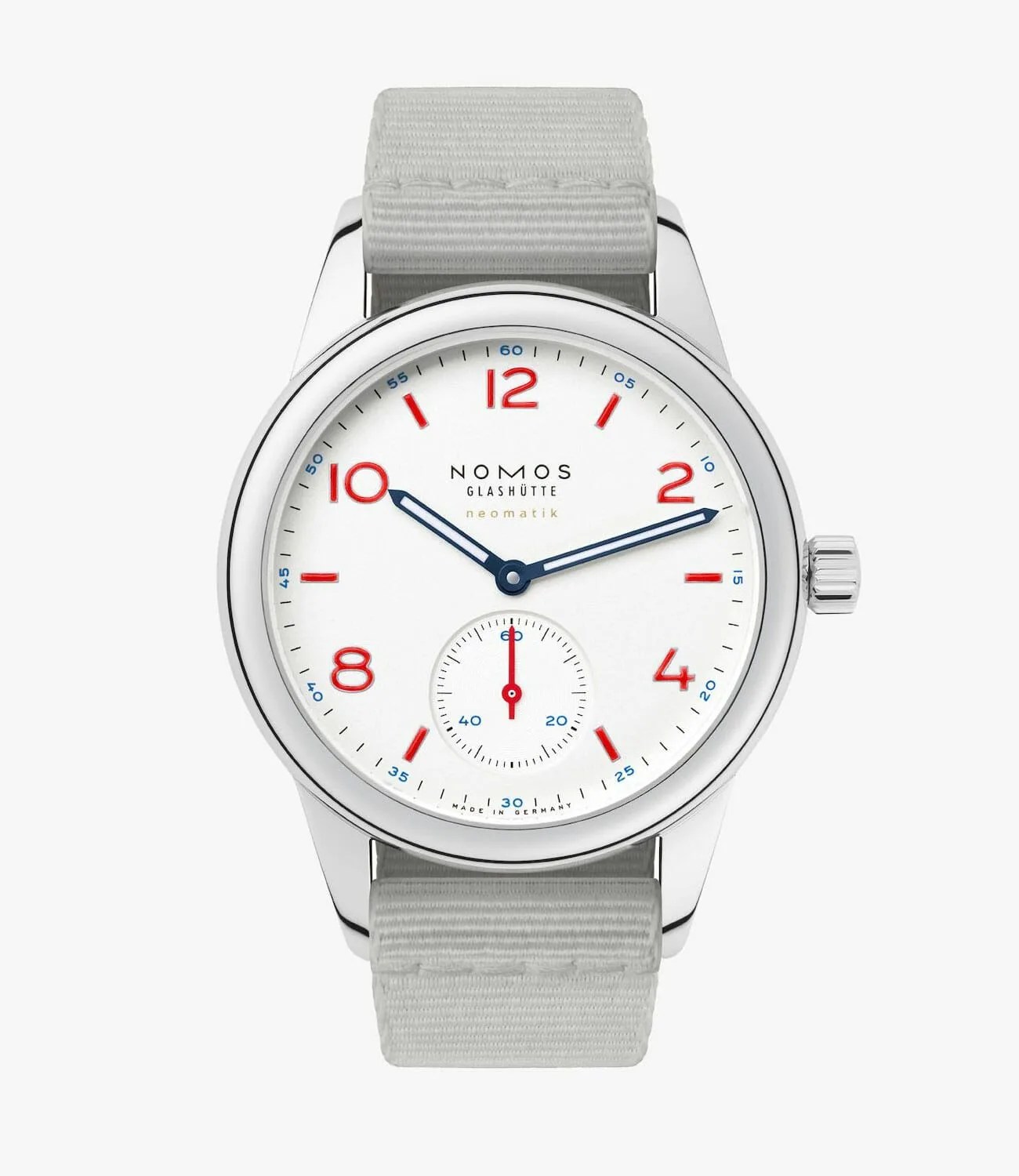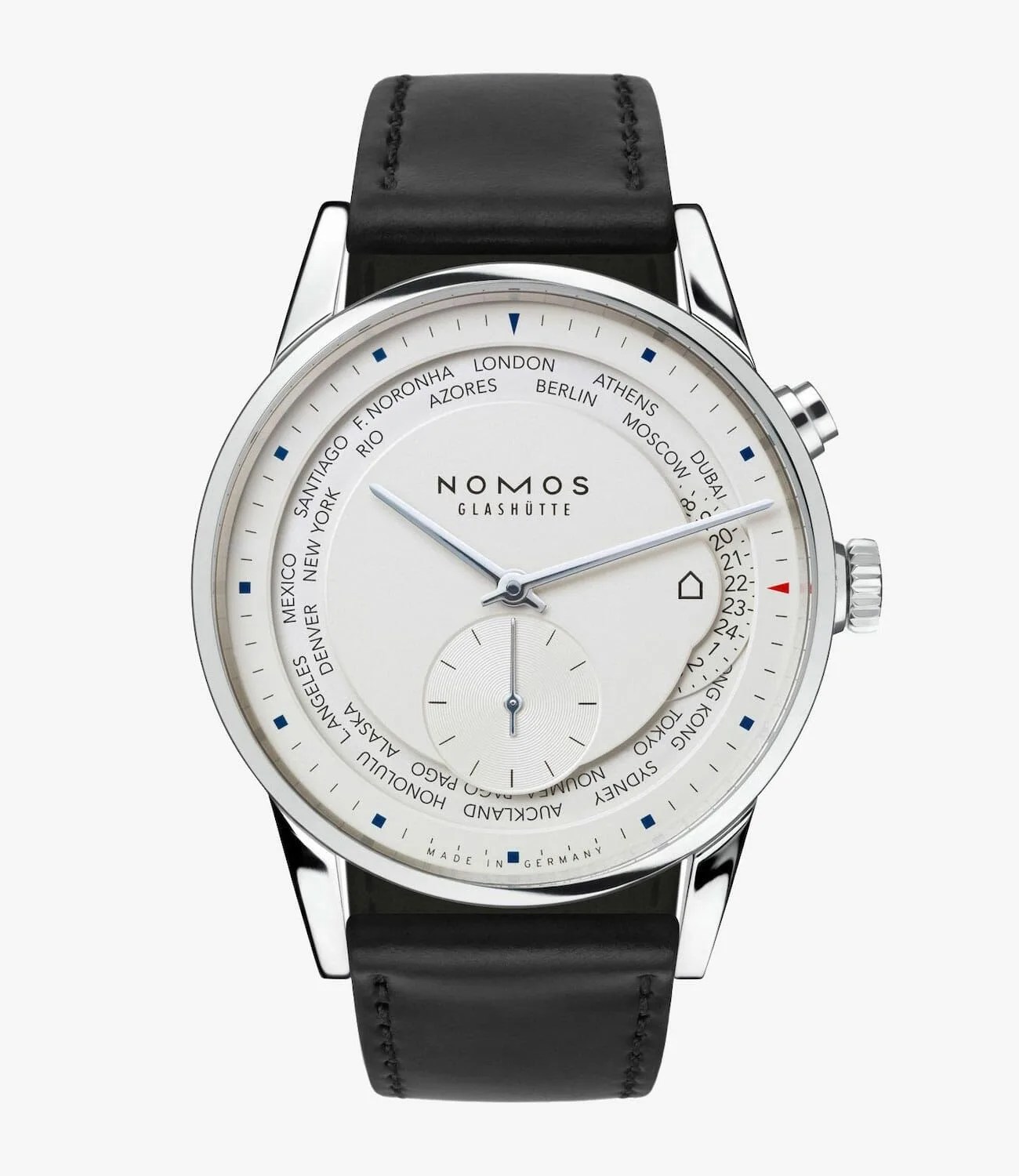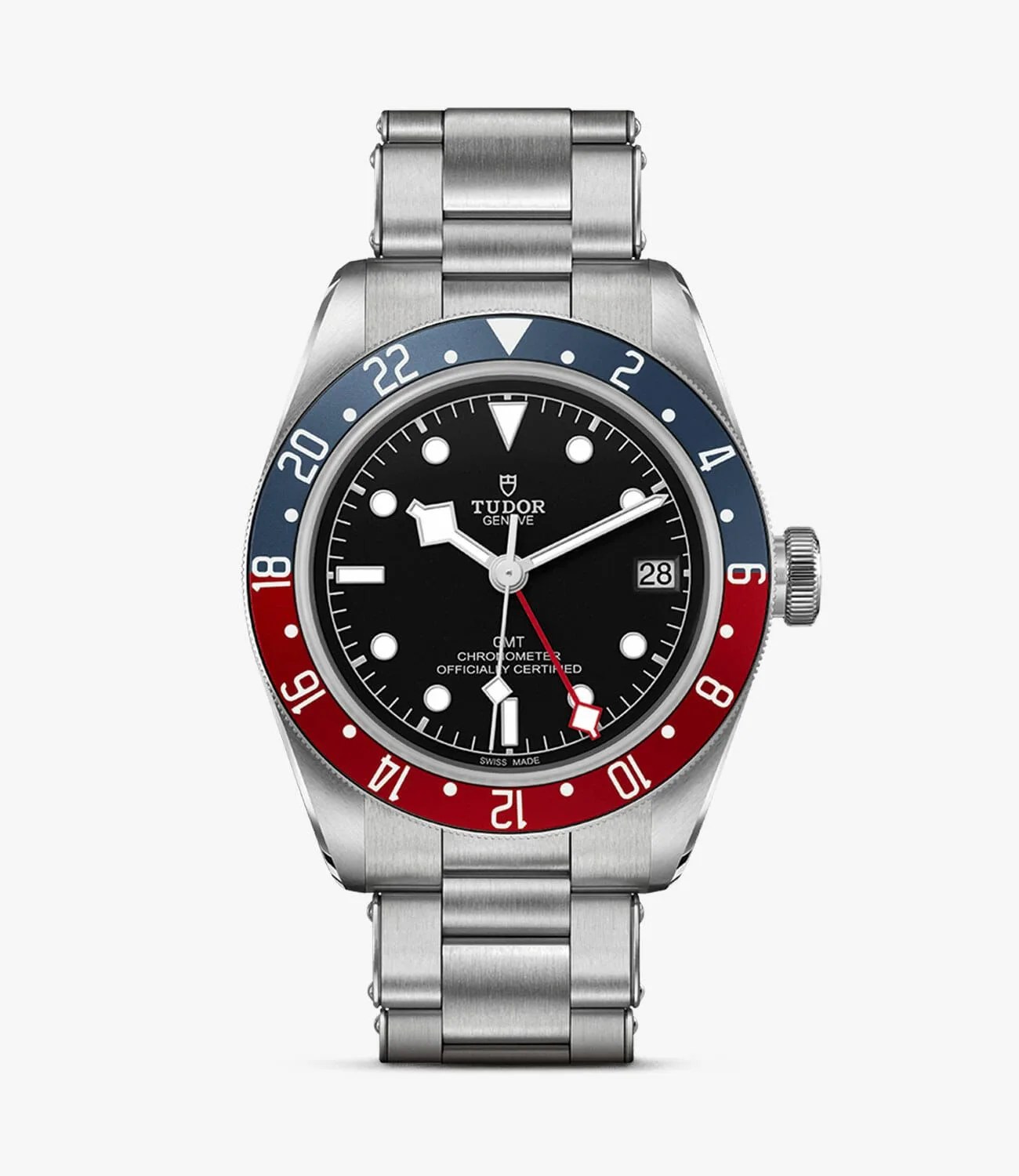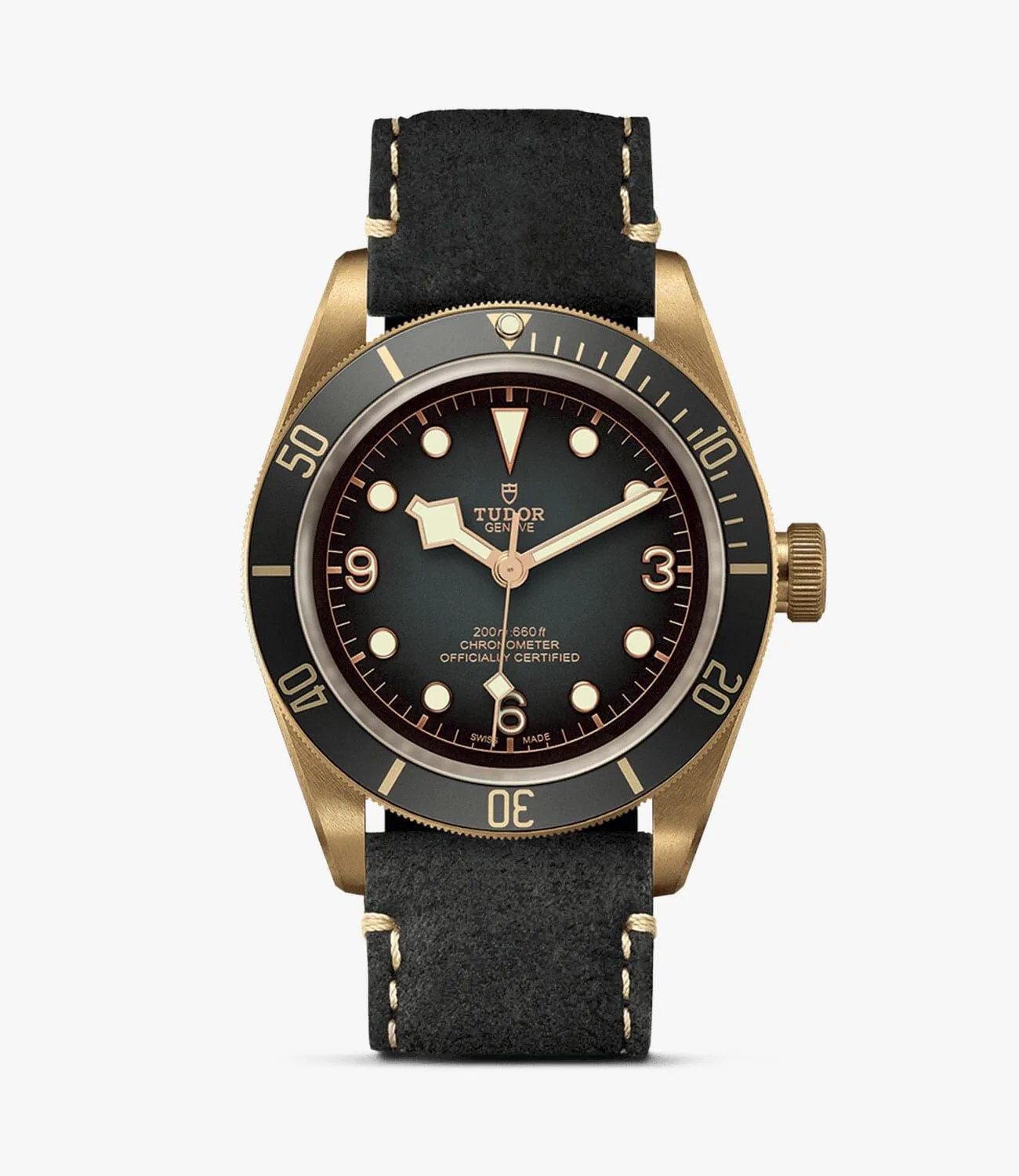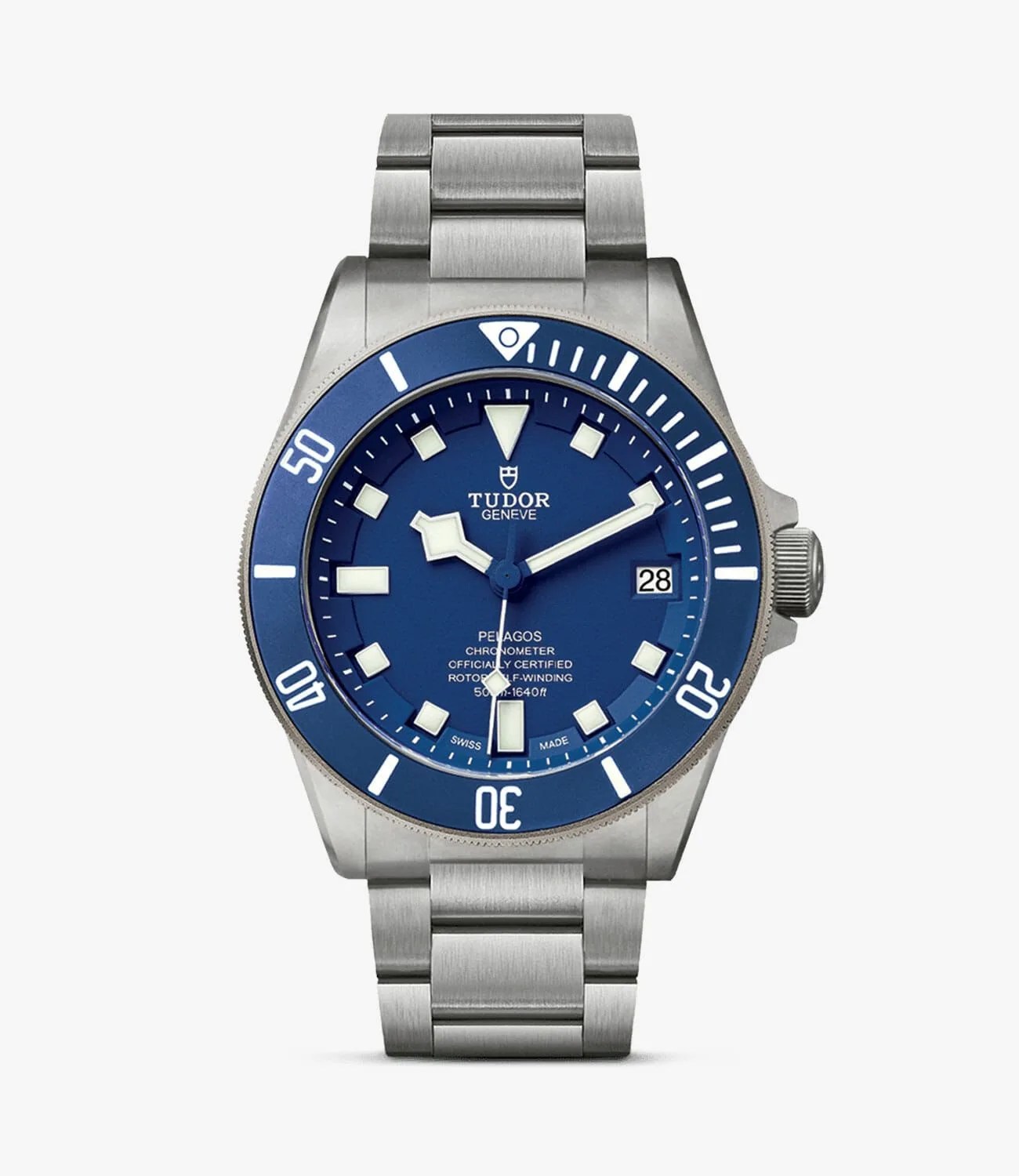For many decades, the Horological Holy Trinity has consisted of Vacheron Constantin, Patek Philippe, and Audemars Piguet. These three pillars of traditional Swiss watchmaking produce exquisite, historically important, valuable timepieces. They’re unimpeachable. (And, yes, watch aficionados actually speak of this trio as “The Holy Trinity.”) For many watch collectors, owning at least one of each is mandatory for gaining entrance into horological heaven.
Among us mortals, however, there is a New Holy Trinity emerging: Grand Seiko, Nomos, and Tudor. I hadn’t seen the light of this new Holy Trinity until my friend the author Gary Shteyngart — a man well known for succinct and brilliant insights — casually rattled it off one day. I owe my conversion experience entirely to Gary, and it is with his permission and my gratitude that I share his reformist vision of the new horological religion.
The original Holy Trinity (Vacheron, Patek, & AP) is out of reach for many of us because their watches are so expensive. And that Holy Trinity may be a bit too old-school. It might even be out of style. But the quest to commune with a three-headed horological god still compels us devoted watch worshipers.
Three is a powerful number. It is significant across religions, where three-headed gods occupy the highest of holy echelons. Three is the first odd prime number, and the second of all primes — divisible only by itself and the great unifier, One. We mortals can perceive just three dimensions, and we can do so much with those three dimensions. And our eyes are trichromatic, seeing just three colors and blending them infinitely into our gorgeous experiences of reality. You can do a lot with three of something, and that even extends to a small watch collection able to cover just about every situation we might find ourselves in. And with Grand Seiko, Nomos, and Tudor, you can have it all. These three brands share a number of attributes that elevate their timepieces to holiness:
The Sacred In-House Movement All three brands offer in-house movements, a most sacred attribute among devoted watch aficionados. Grand Seiko’s movements are highly evolved mechanisms with roots going back to the 1940s and ’50s. Nomos, a German company, produces beautiful and rather original movements in Glashütte. (Their balance bridge and free-sprung balance wheel are especially worthy of worship.) Tudor has been introducing in-house movements in many of their watches lately, elevating the brand up Mount Horology to sit alongside its Titan Father, Rolex.
Worship-Worthy Value Attitudes toward luxury have shifted to include a new emphasis on value. It’s no longer necessarily in vogue to spend wildly and ostentatiously display one’s expensive watch. Good value is worshiped now along with great quality and excellent style, and Grand Seiko, Nomos and Tudor offer some of the best value, quality, and style in timepieces today.
Alignment with the Mysteries of the Zeitgeist If only the marketeers could predict — or better, create — trends. They just can’t do it, and the ability of a watch to capture the spirit of its moment remains a mystery to even the most astute analysis of culture. The dark forces at play here, shrouded in the vagaries of the lightning-fast global economy, have somehow not eluded Grand Seiko, Nomos, and Tudor. These brands seem to have dipped their timepieces in stardust that casts a spell on those who behold them.

